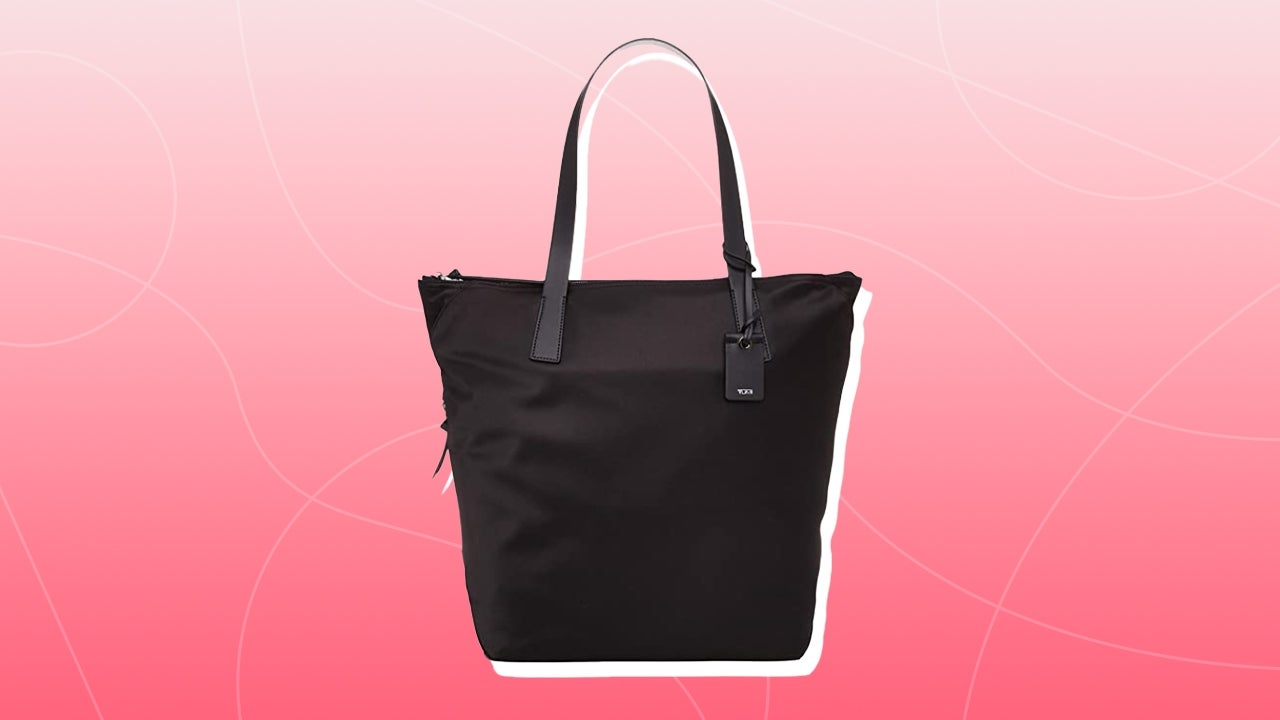
Tumi
Tumi, is a generic term encompassing the many kinds of sharp tools utilized in pre- and post-colonial eras of the Central Andes region, Tumis were employed for a diverse set of purposes such as kitchen knives, agricultural tools, warrior or hunting secondary weapons, sacrificial knives, barber implements, pendants, or medical tools. In addition, the tumi form, in metal, was used as a type of coin. Pre-columbian Tumis were usually made of metal or stone. Perhaps the highly ornate ax-shaped ceremonial tumis made by the North coastal Peruvian cultures are the most widely acknowledged, characterized by a semi-circular blade, made of either bronze, copper, gold-alloy, silver alloy or wood and often inlayed with semi-precious stones such as lapis lazuli. Sacrificial Tumis are most often associated with Pre-Inca cultures in the Peruvian North Coastal Region and in some cases with the Inca culture itself.






